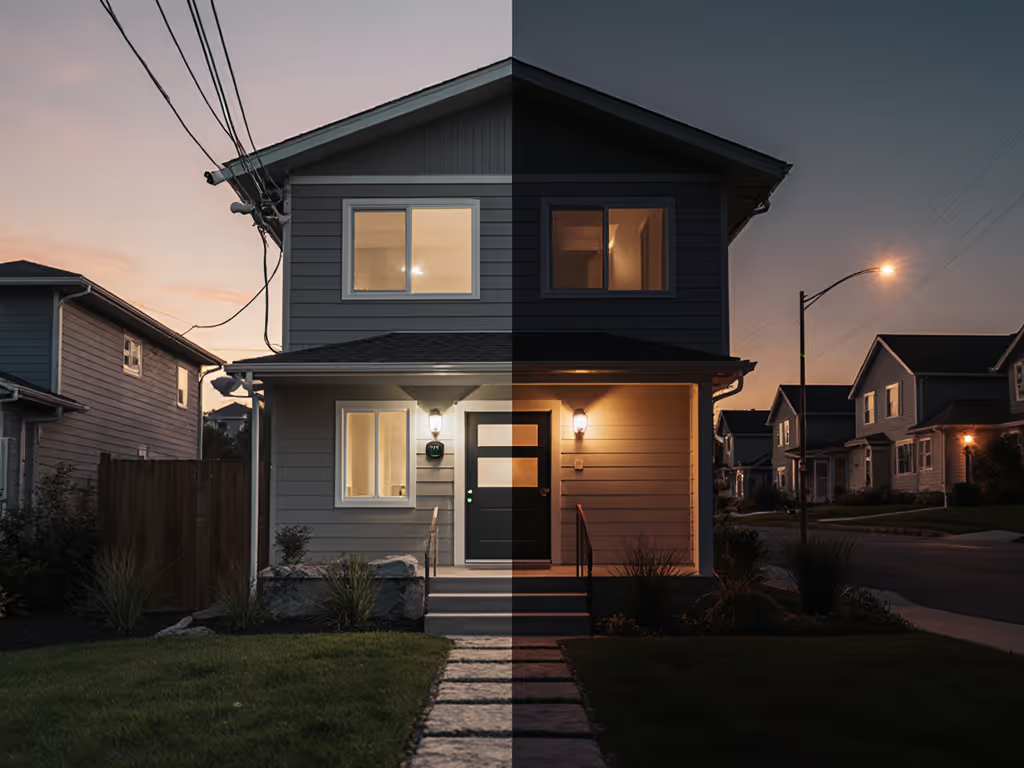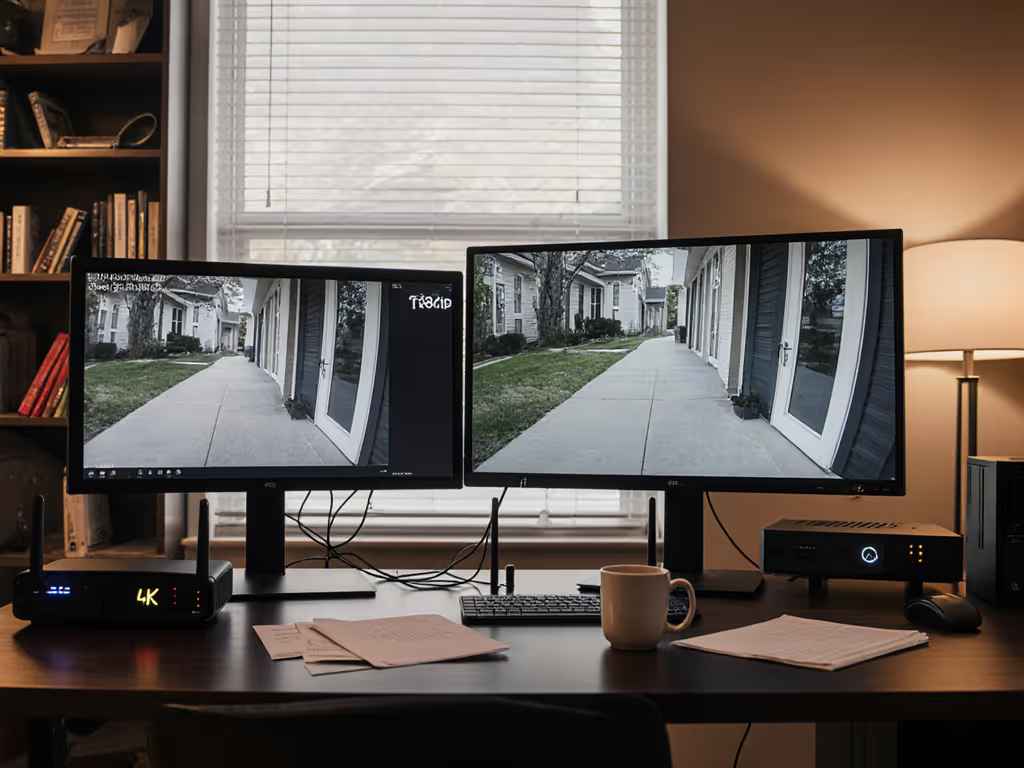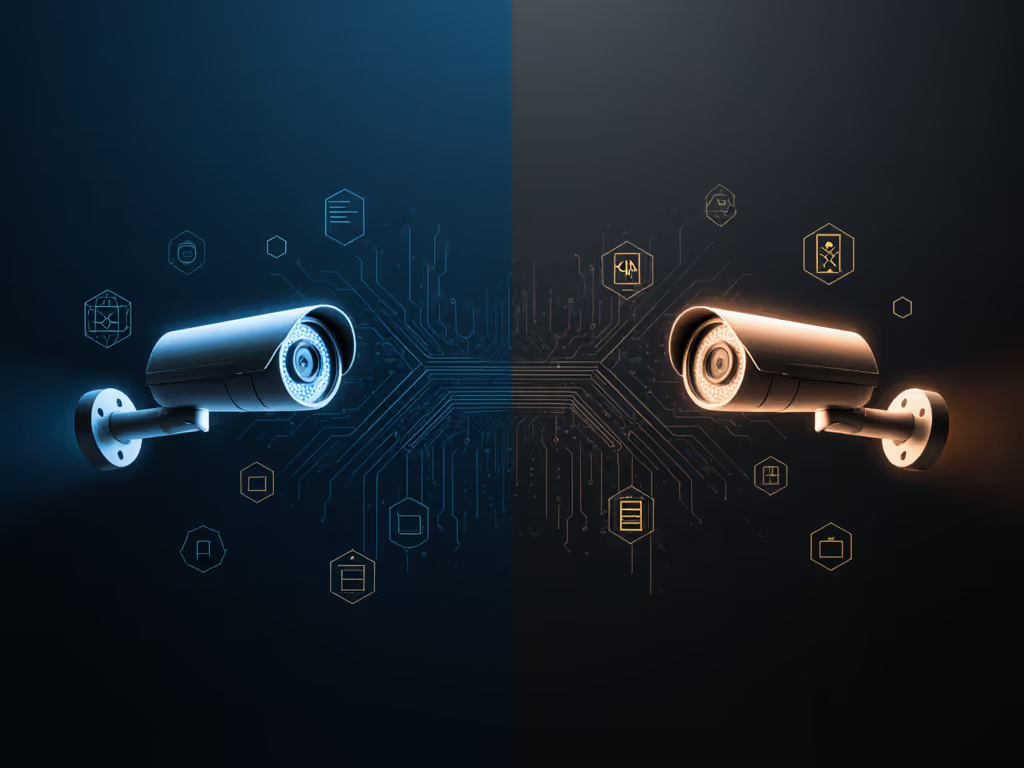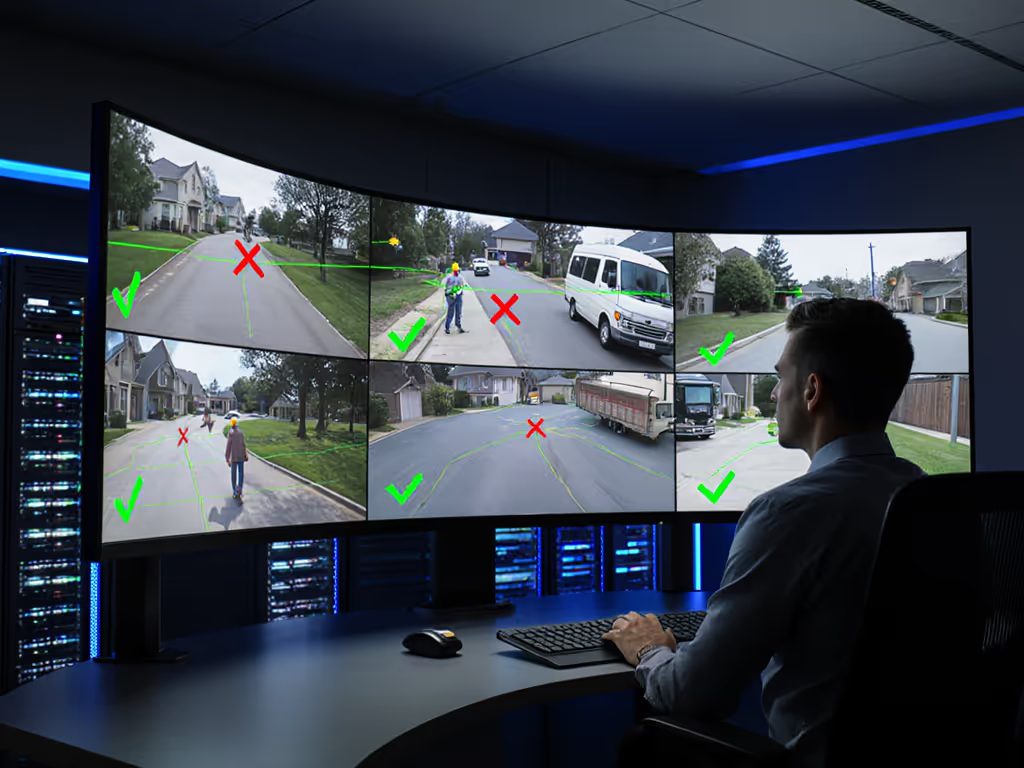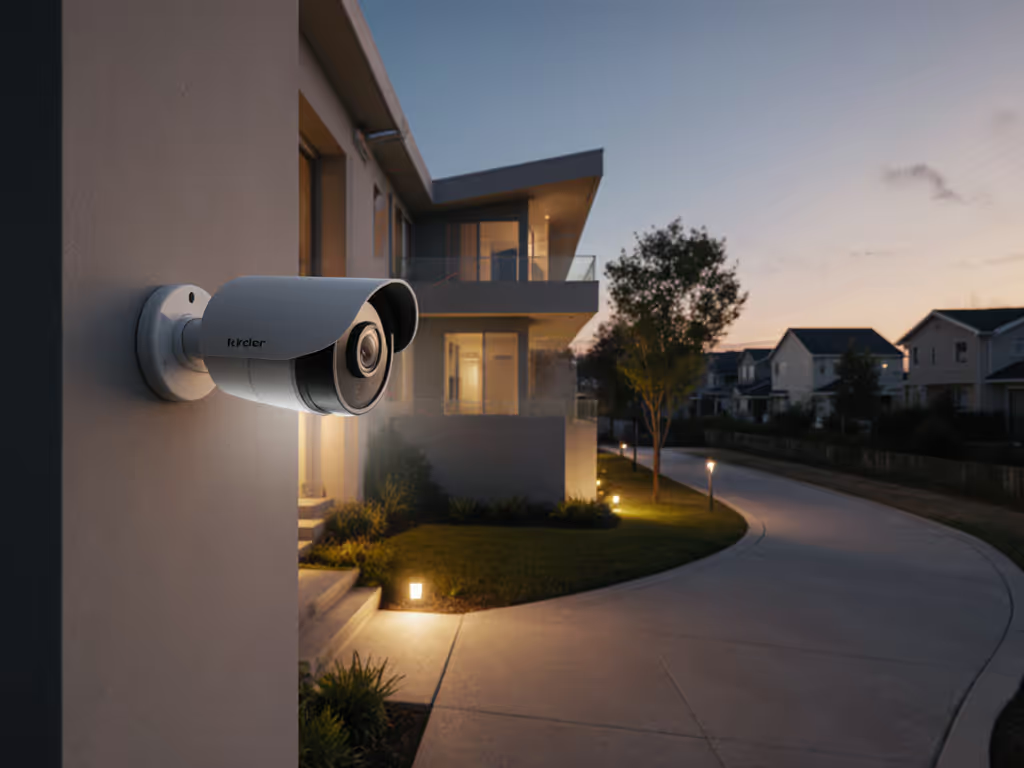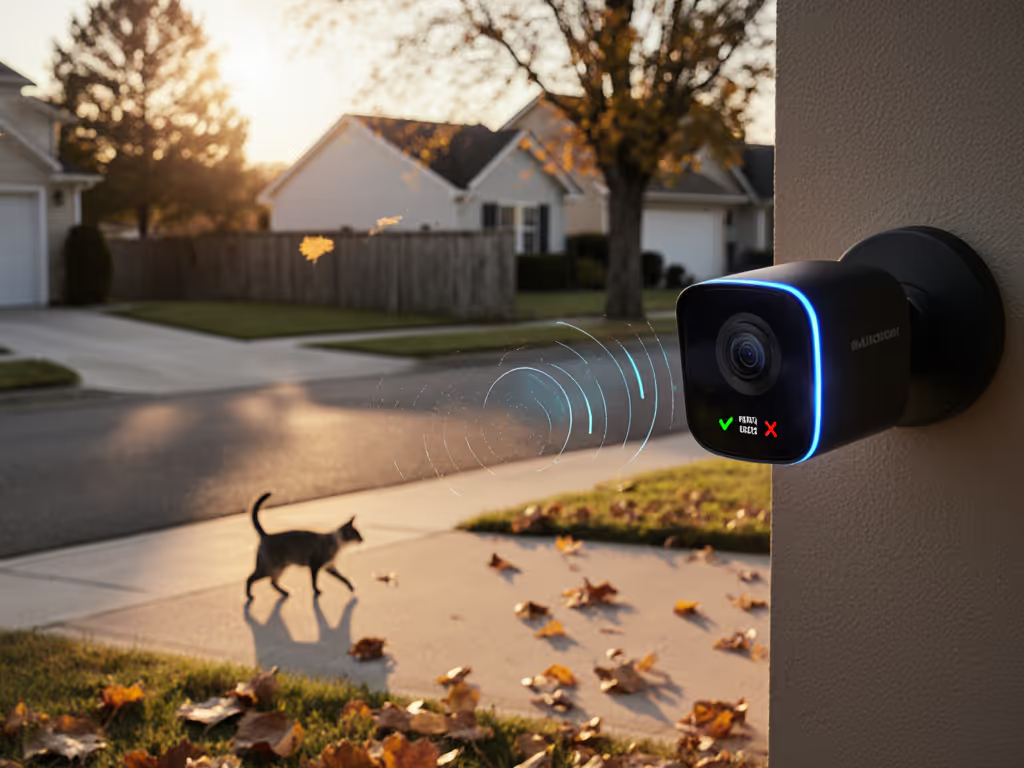When evaluating security camera resolution, your choice directly impacts evidence usability, storage demands, and privacy resilience. Forget marketing hype, video quality explained through a practical lens shows that resolution alone won't solve false alerts or night vision failures. Security camera resolution must serve your actual threat model, not just spec sheets. Collect less, control more; privacy is resilience when things go wrong.
Years ago, viral group posts exposed our street via a neighbor's "frictionless" cloud doorbell. No malice, just unexamined data flow. I rebuilt my system around local storage, per-camera encryption, and strict retention policies. The result? Fewer leaks, more reliable evidence. Privacy and reliability aren't opposites, they're partners. Here's how to apply that principle to 1080p vs 4K security decisions.
Why Resolution Isn't the Only Factor in Real-World Surveillance
High megapixels for surveillance sound impressive until you confront trade-offs:
- Storage bloat: 4K footage (3840×2160) consumes 4x the storage of 1080p (1920×1080), straining local NVRs or inflating cloud costs. A single 4K camera recording 24/7 needs ~3.5TB/month (versus 0.85TB for 1080p).
- Network strain: 4K streams require robust bandwidth. Weak Wi-Fi? Expect lagged notifications or missed alerts during critical moments.
- Night vision trade-off: 4K sensors split light across quadruple the pixels. In low light, 1080p often delivers sharper faces/license plates than noisy 4K. Prioritize low-lux ratings over resolution alone.
Minimize, then secure. Start with the lowest resolution that satisfies your evidence needs.
Consider this image clarity comparison framework:
| Scenario | 1080p Sufficiency | When 4K Adds Value |
|---|
| Front door (10ft range) | ✔️ Clear facial ID, package detection | Rarely needed, overkill for tight spaces |
| Driveway (50ft range) | ❌ Blurry plates, partial faces | ✔️ License plate legibility at distance |
| Backyard (IR night vision) | ✔️ Better low-light detail | ❌ Noisier image, requires extra lighting |
| Large retail space | ❌ Requires 3+ cameras for full coverage | ✔️ 1 camera covers wider area with zoom-in ID |
The Hidden Costs of Over-Engineering
Many users choose 4K hoping for perfect evidence, only to face painful realities:
- False precision: 4K's extra detail means more irrelevant pixels (windblown leaves or passing headlights) trigger more false alerts, worsening notification fatigue.
- Cloud dependency creep: Vendors love selling 4K because it forces cloud storage. Local microSD cards fill faster; NVRs choke on unprocessed footage. Your privacy erodes as data flows off-device.
- Night vision compromise: To combat 4K's low-light noise, some cameras digitally "enhance" footage, creating artificial artifacts that police reject as evidence.
A recent industry survey confirms 68% of homeowners using 4K cameras regret the storage burden. Meanwhile, optimized 1080p setups with wide dynamic range (WDR) and proper IR lighting consistently deliver court-admissible evidence for porch pirates and trespassers. This isn't about settling, it's about strategic adequacy.
Actionable Framework: Choosing Your Resolution
Apply threat-model framing to avoid overspending or undershooting:
- Map your critical evidence needs
- What exactly must you identify? (e.g., "license plates at 40ft," "faces through front door glass")
- Test cameras in your environment before buying. A 1080p camera at 30fps often outperforms 4K at 15fps in motion capture.
- Calculate storage holistically
- For local storage: 1080p = 0.85TB/month/camera; 4K = 3.5TB. Can your NVR handle expansion? Do you want to manage RAID arrays?
- For retention: If you need 30 days of footage, 4K may require prohibitively expensive hardware. Ask: "How long is evidence truly useful?" (Most insurers need 7-14 days.)
- Prioritize sensor quality over megapixels
- Look for STARVIS sensors, true WDR (120dB+), and low-lux ratings (<0.001 lux). A 1080p camera with superior optics beats a cheap 4K unit.
- Demand local processing
- On-device AI for person/vehicle detection cuts false alerts by 90%+ without cloud dependence. This makes lower-resolution footage more actionable.
When 4K Makes Sense (and When It Doesn't)
Choose 1080p if:
- Covering small areas (<25ft depth) like hallways, garages, or front doors
- Budget constraints or limited storage capacity
- Night vision is critical (prioritize sensor size over resolution)
- You value simplicity: stable apps, longer battery life, and minimal setup
Consider 4K only if:
- Monitoring large outdoor zones (parking lots, warehouses, long driveways)
- You have wired infrastructure (PoE+) and a dedicated NVR with enterprise-grade storage
- Legal requirements demand extreme detail (e.g., cash handling zones)
- And you enforce strict retention policies to minimize data exhaust
Privacy-First Resolution Selection
Resolution choices impact privacy more than you think. Higher resolution = more data collected = more risk if breached. Remember: recording quality guide isn't just about clarity, it's about controlling what you capture.
- Mask unnecessary zones: Even with 1080p, use privacy masking to exclude neighbors' windows or sidewalks. Less data collected = less to secure.
- Shorten retention timelines: 14 days of 4K footage creates 4x the exposure risk of 14 days of 1080p. Align retention with actual utility, not vendor defaults.
- Encrypt locally: Choose cameras supporting AES-256 encryption on the device. Unencrypted footage (whether 1080p or 4K) is evidence against you.
Practical Next Steps
Don't chase resolution myths. Start by auditing your current pain points:
- Are false alerts exhausting you? Downgrade resolution and enable on-device AI first.
- Is night footage unusable? Adjust lighting or IR settings before buying 4K.
- Do police/insurers reject your evidence? Verify timestamp accuracy and export formats, not just pixel counts.
Your goal isn't the "highest" specs, it's the most resilient system. One where usable evidence stays under your control, not in some viral group. I've rebuilt my street's security not with more pixels, but with smarter boundaries. That's how you turn surveillance into peace of mind.
Minimize, then secure. Start with what you truly need.
Further Exploration: Map your property's critical zones using Kojo's free Evidence Needs Worksheet (link in bio). Calculate exact storage requirements for 1080p vs. 4K based on your retention goals, and see why 80% of users over-provision resolution.
